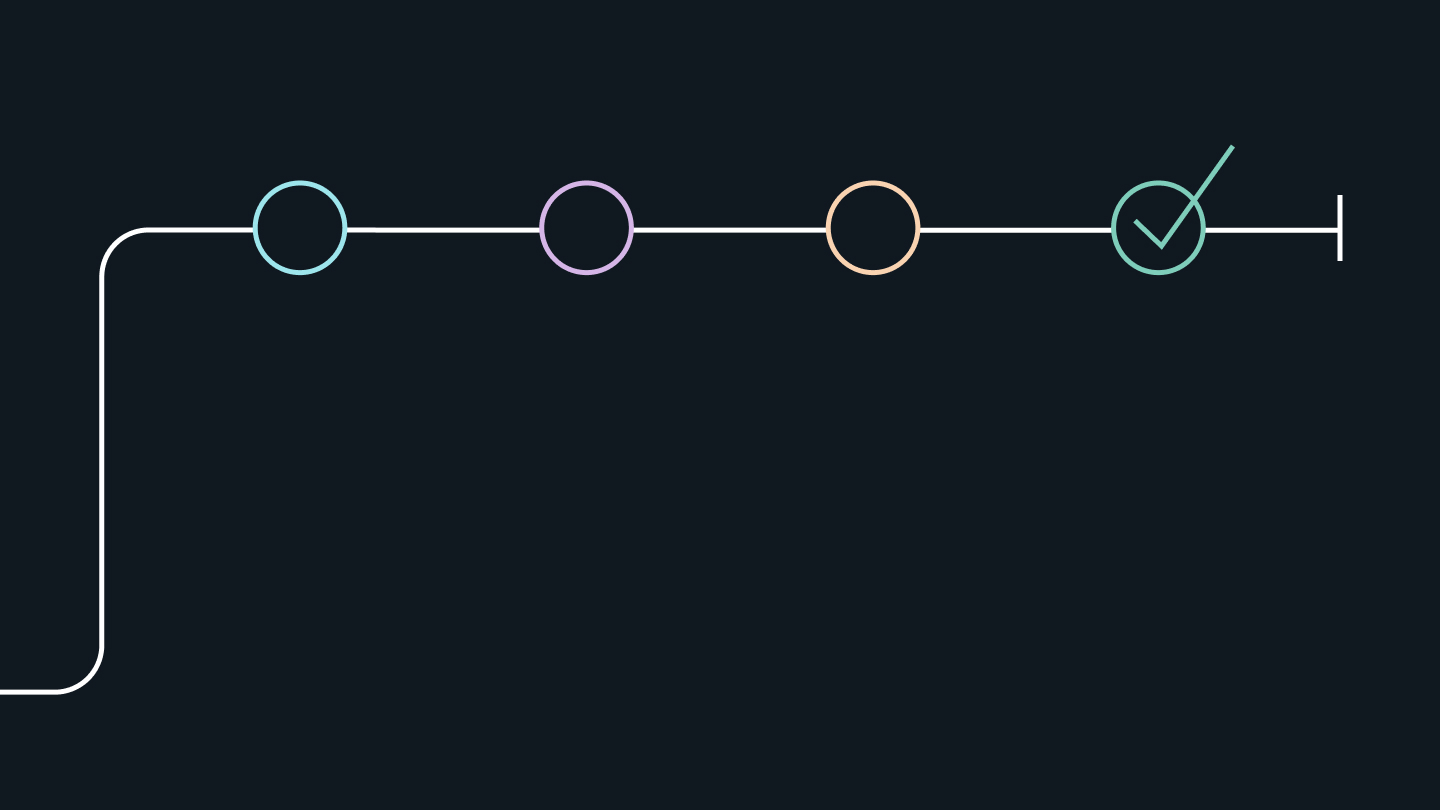
5 min read
Key takeaways
- Consumer technology has set new standards for frictionless commerce, but delivering seamless customer experiences requires sophisticated operational infrastructure that unifies payment systems, data streams and security measures
- The businesses that successfully navigate operational complexity gain significant competitive advantages: reduced processing costs, improved customer retention, higher transaction values and increased customer lifetime value
- J.P. Morgan Integrated Commerce Solutions combine merchant services with treasury management and liquidity solutions, giving you the infrastructure to deliver seamless experiences while maintaining operational control
Consumer technology has set new standards for frictionless commerce. Your customers expect fast, mobile-first experiences that work seamlessly across every channel—and you understand what that means for your business.
The challenge isn’t recognizing these expectations—it’s delivering them while maintaining operational efficiency. Every customer-facing innovation introduces back-end complexity, but the businesses that navigate this successfully gain significant competitive advantages in customer loyalty and revenue growth.
Proactively monitor and optimize your payments acceptance with robust tools and dashboards built with our decades of industry knowledge and technology expertise.
Managing the costs of frictionless commerce
Meeting customer expectations for seamless experiences often creates unexpected operational burdens. What looks simple to your customer can multiply complexity—and costs—behind the scenes.
“In the enterprise space, retailers are trying to minimize cart abandonment rate and deliver a more personalized experience while at the same time prioritizing efficiency and cost reduction,” said Matt Roemer, Executive Director at J.P. Morgan Payments. The tension is real: U.S. merchants paid $187 billion in processing fees last year to accept credit and debit cards.1 These investments pay off when managed strategically—businesses with unified payment systems see reduced processing costs and improved customer retention.
When payment channels multiply, so does complexity
Each new payment option you add—mobile wallets, contactless payments, biometric authentication and more—creates another system to manage, another data stream to reconcile and another potential point of failure. What starts as customer convenience can quickly become a barrier to operations without the right infrastructure. The J.P. Morgan suite of Commerce Solutions is designed to unify these disparate systems, giving you operational control without sacrificing customer experience.
“We have a unique position where we’re starting to explore what a merchant services bundle looks like in combination with treasury, liquidity and other solutions that can be offered across the firm,” Roemer explained. This integrated approach addresses the reality that payment processing doesn’t exist in isolation—it affects cash flow, reconciliation, reporting and risk management across your entire operation.
What seamless experiences require behind the scenes
Your customers expect to pay however and wherever they want—tap, swipe, scan, or dip—without friction. Delivering that consistency across every channel is now table stakes.
“If we can pull people out of the in-store line by letting them tap on an associate’s phone using Tap to Pay and harness payment solutions from J.P. Morgan, those customers are going to have a better experience that will bring them back to the store to shop again,” Roemer said. “Other capabilities—like biometrics and advanced payments hardware—are under development at J.P. Morgan and are expected to bring innovation to the space that is badly desired right now.”2 Those transactions need to flow through your POS, payment processor, inventory management, accounting and loyalty systems without creating delays or errors. But this level of operational sophistication drives measurable results: higher transaction values, increased customer lifetime value and reduced operational overhead.
Making sense of fragmented customer data
Every payment channel generates valuable customer data—demographics, purchase patterns, geographic trends, ticket sizes. The challenge is consolidating insights from multiple touchpoints into actionable intelligence. The J.P. Morgan Customer Insights Solution aggregates this fragmented data, giving you a unified view of customer behavior across all channels.
“It could be as simple as spend behavior and cost optimization, or it could be insights about your customers and where they’re coming from, what cards they’re using, the authorization rates per card, and so on,” Roemer said. “These are insights that let you take action and make better business decisions.”
When systems work together seamlessly, the operational benefits become clear. “The customer simply looks at a camera or hovers their palm, they are identified in the system, and the store associate says ‘Hi, Jim. You bought this last time; do you want the same thing?’” Roemer explained. “It’s a much better client experience, it’s faster, you have connectivity with the POS for the loyalty program, and the store employee can personalize the experience for the customer when they first walk up.”
Fraud prevention without friction
Adding security layers to prevent fraud can slow down the seamless experiences your customers expect. With 80% of organizations experiencing payments fraud in 2023—the highest rate since 2018—you need protection that works behind the scenes without adding checkout steps or delays.3
The J.P. Morgan Commerce platform employs advanced security measures like network tokenization and 3D Secure (3DS) 2.2 that protect transactions without disrupting customer experience. “Having a very strong grasp on fraud and security is increasingly important, especially in the mid-market segment, where clients may be more susceptible to attacks,” Roemer said.
Preparing for what’s next
The operational challenges merchants face are only intensifying as payment options multiply and customer expectations rise.
“With digital commerce evolving rapidly, merchants require better visibility and security across multiple channels,” Roemer said. “Businesses need to invest in those channels to secure their competitive advantage, including personalization, autonomous retail, and better comprehensive insights and enhanced fraud protection.”
We’re here to help
All that operational complexity doesn’t have to derail your growth. J.P. Morgan Commerce Solutions are designed to unify your payment systems, consolidate your data streams and secure your transactions without adding operational hassle.
Our integrated approach combines merchant services with treasury management and liquidity solutions, giving you the infrastructure to deliver seamless customer experiences while maintaining operational control. The complexity is real, but so are the competitive advantages for businesses that get it right.
References
Nilson Report, “Merchant Processing Fees in the United States — 2024,” 2024
Future capabilities of payments hardware and biometrics are under development; features and timelines are subject to change at the Bank’s sole discretion.
JPMorgan Chase Bank, N.A. Member FDIC. Visit jpmorgan.com/commercial-banking/legal-disclaimer for disclosures and disclaimers related to this content.







